Children with flat feet often experience discomfort and pain due to the lack of arch support in their feet. Choosing the right shoes can alleviate these issues and provide the necessary support and stability for their growing feet. In this article, we will explore the importance of selecting appropriate shoes for children with flat feet, discuss the causes and symptoms of flat feet in kids, and provide a comprehensive guide to help parents find the best footwear options for their little ones. Understanding Flat Feet in Children: Flat feet, also known as pes planus, is a condition characterized by the absence or partial collapse of the arch on the inside of the foot. While some children naturally have flat feet, others develop the condition as a result of weak arch muscles, loose connective tissues, or inherited traits. Flat feet can cause problems such as pain, strain on other leg muscles, and a misalignment of the lower body. Symptoms of Flat Feet in Kids: Identifying the symptoms of flat feet early on is crucial for ensuring the proper management of the condition. Some common symptoms include: 1. Eversion of the foot – When the child’s foot rolls inward excessively when walking or standing. 2. Fatigue and discomfort in the feet and legs during physical activity or prolonged standing. 3. Pain in the arches, heels, ankles, or calves.
leather
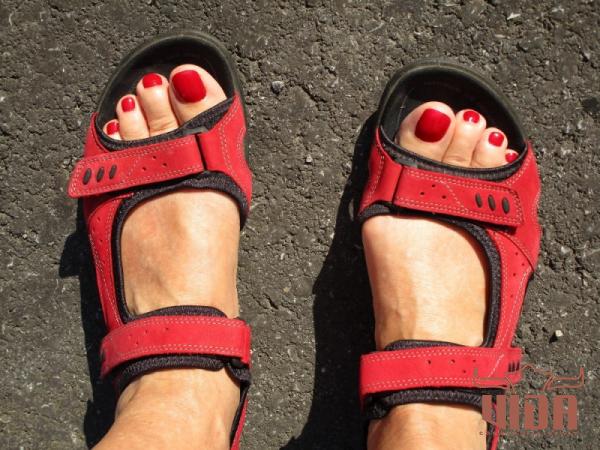 4. Difficulty fitting into regular shoes. Importance of Proper Footwear for Children with Flat Feet: Choosing appropriate footwear is essential for children with flat feet as it helps support the arches, promote proper foot alignment, and reduce discomfort. Here are key reasons why investing in the right shoes matters: 1. Arch Support: Shoes with proper arch support prevent the feet from fully collapsing and help maintain proper posture and alignment. 2. Cushioning and Shock Absorption: Adequate cushioning in the sole of the shoe helps absorb shock and reduce impact, minimizing discomfort and strain on the feet and legs. 3. Stability and Motion Control: Well-fitting shoes provide stability and limit excessive foot motion, helping to prevent overpronation or supination. 4. Growth and Development: Appropriate shoes support proper foot development, ensuring healthy growth and minimizing the risk of long-term foot problems. Factors to Consider When Choosing Shoes for Flat Feet: When shopping for shoes for children with flat feet, several factors should be taken into consideration. These factors include: 1. Arch Support: Look for shoes that have built-in arch support to help lift and support the arches in the feet. 2. Cushioning: Choose shoes with ample cushioning in the soles to provide shock absorption and reduce strain on the feet. 3. Firm Heel Counter: A firm heel counter (the stiff part of the shoe that surrounds the heel) helps stabilize the feet and prevents excessive motion. 4. Wide Toe Box: Opt for shoes that have a wide toe box to allow space for the toes to wiggle and prevent squeezing or crowding.
4. Difficulty fitting into regular shoes. Importance of Proper Footwear for Children with Flat Feet: Choosing appropriate footwear is essential for children with flat feet as it helps support the arches, promote proper foot alignment, and reduce discomfort. Here are key reasons why investing in the right shoes matters: 1. Arch Support: Shoes with proper arch support prevent the feet from fully collapsing and help maintain proper posture and alignment. 2. Cushioning and Shock Absorption: Adequate cushioning in the sole of the shoe helps absorb shock and reduce impact, minimizing discomfort and strain on the feet and legs. 3. Stability and Motion Control: Well-fitting shoes provide stability and limit excessive foot motion, helping to prevent overpronation or supination. 4. Growth and Development: Appropriate shoes support proper foot development, ensuring healthy growth and minimizing the risk of long-term foot problems. Factors to Consider When Choosing Shoes for Flat Feet: When shopping for shoes for children with flat feet, several factors should be taken into consideration. These factors include: 1. Arch Support: Look for shoes that have built-in arch support to help lift and support the arches in the feet. 2. Cushioning: Choose shoes with ample cushioning in the soles to provide shock absorption and reduce strain on the feet. 3. Firm Heel Counter: A firm heel counter (the stiff part of the shoe that surrounds the heel) helps stabilize the feet and prevents excessive motion. 4. Wide Toe Box: Opt for shoes that have a wide toe box to allow space for the toes to wiggle and prevent squeezing or crowding.
Specifications of leather
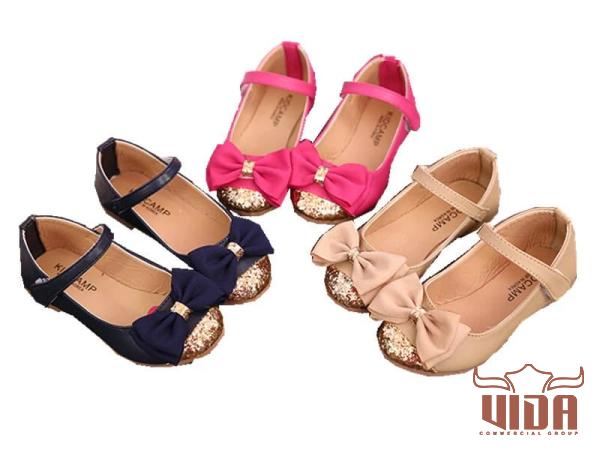 5. Breathability: Shoes made with breathable materials allow for better air circulation and help prevent excessive sweating and odor. 6. Flexibility: The shoe’s sole should be flexible enough to allow natural foot movement while still providing support and stability. Types of Shoes to Consider: When it comes to the types of shoes suitable for children with flat feet, there are several options available. Here are some recommendations: 1. Stable and Supportive Athletic Shoes: Look for athletic shoes designed specifically for children with flat feet, offering stability features such as arch support, motion control, and cushioning. Brands like New Balance, ASICS, and Saucony often have models that cater to flat-footed individuals. 2. Orthotic Inserts: Consider using custom orthotic inserts to provide additional arch support and cushioning. These inserts can be used with a wide variety of shoes, ensuring flexibility and adaptability. 3. Motion Control Shoes: Shoes with motion control features provide stability and prevent overpronation, making them an excellent choice for children with flat feet who have excessive inward rolling of their feet.
5. Breathability: Shoes made with breathable materials allow for better air circulation and help prevent excessive sweating and odor. 6. Flexibility: The shoe’s sole should be flexible enough to allow natural foot movement while still providing support and stability. Types of Shoes to Consider: When it comes to the types of shoes suitable for children with flat feet, there are several options available. Here are some recommendations: 1. Stable and Supportive Athletic Shoes: Look for athletic shoes designed specifically for children with flat feet, offering stability features such as arch support, motion control, and cushioning. Brands like New Balance, ASICS, and Saucony often have models that cater to flat-footed individuals. 2. Orthotic Inserts: Consider using custom orthotic inserts to provide additional arch support and cushioning. These inserts can be used with a wide variety of shoes, ensuring flexibility and adaptability. 3. Motion Control Shoes: Shoes with motion control features provide stability and prevent overpronation, making them an excellent choice for children with flat feet who have excessive inward rolling of their feet.
buy leather
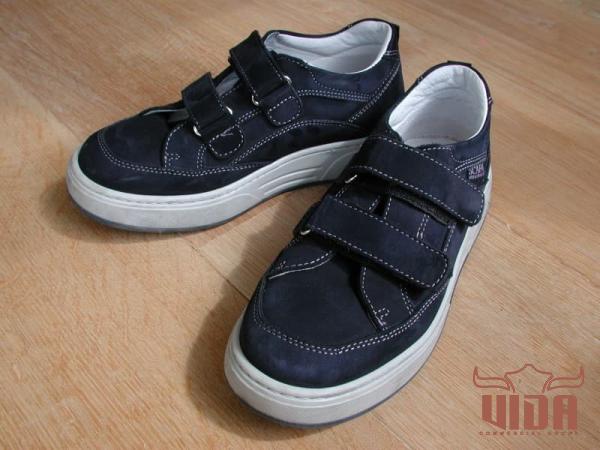 4. Sandals and Dress Shoes: Look for sandals and dress shoes that also offer features like arch support, cushioning, and a wide toe box. Brands such as Keen, Birkenstock, and Merrell offer styles that combine style and support. 5. Inserts and Insoles: In some cases, adding over-the-counter arch support inserts or insoles may be suitable for children with milder cases of flat feet. Always consult with a podiatrist before using any type of insert or insole. Conclusion: Selecting the right shoes for children with flat feet is crucial for their comfort, foot development, and overall well-being. Remember to factor in arch support, cushioning, stability, and flexibility when making a decision. Consider consulting with a podiatrist for further guidance and to address any concerns specific to your child’s feet. By providing the necessary support and comfort, you can help your child enjoy a pain-free and active lifestyle, even with flat feet.
4. Sandals and Dress Shoes: Look for sandals and dress shoes that also offer features like arch support, cushioning, and a wide toe box. Brands such as Keen, Birkenstock, and Merrell offer styles that combine style and support. 5. Inserts and Insoles: In some cases, adding over-the-counter arch support inserts or insoles may be suitable for children with milder cases of flat feet. Always consult with a podiatrist before using any type of insert or insole. Conclusion: Selecting the right shoes for children with flat feet is crucial for their comfort, foot development, and overall well-being. Remember to factor in arch support, cushioning, stability, and flexibility when making a decision. Consider consulting with a podiatrist for further guidance and to address any concerns specific to your child’s feet. By providing the necessary support and comfort, you can help your child enjoy a pain-free and active lifestyle, even with flat feet.
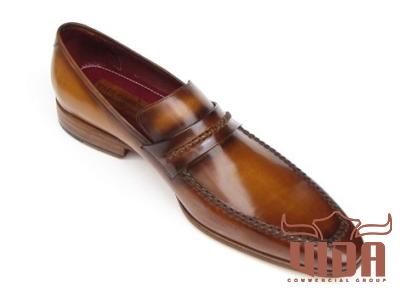
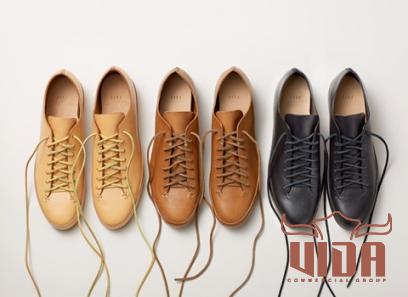
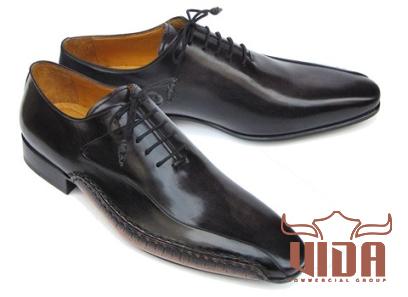
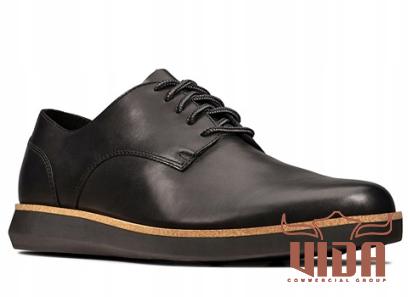
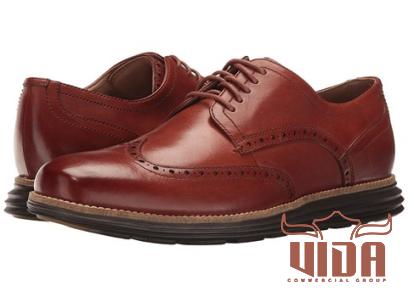
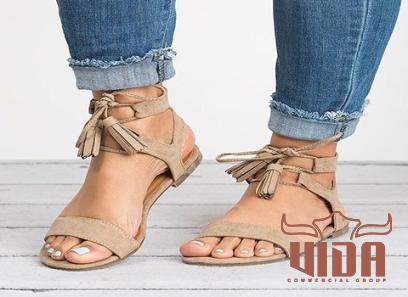
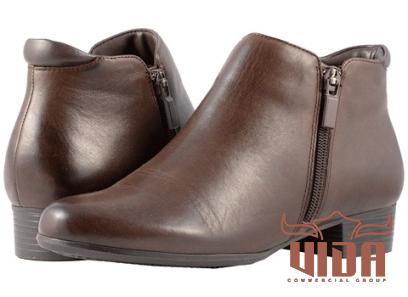
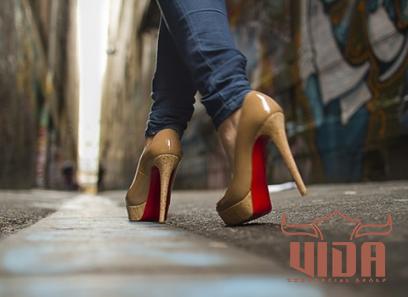
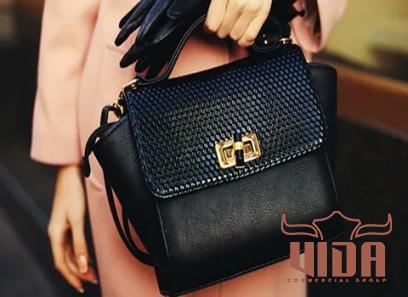
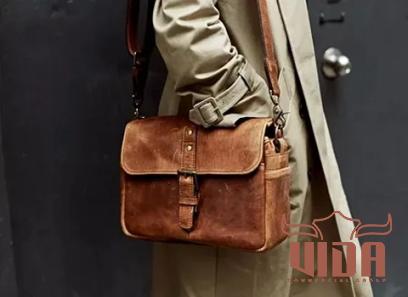
Your comment submitted.